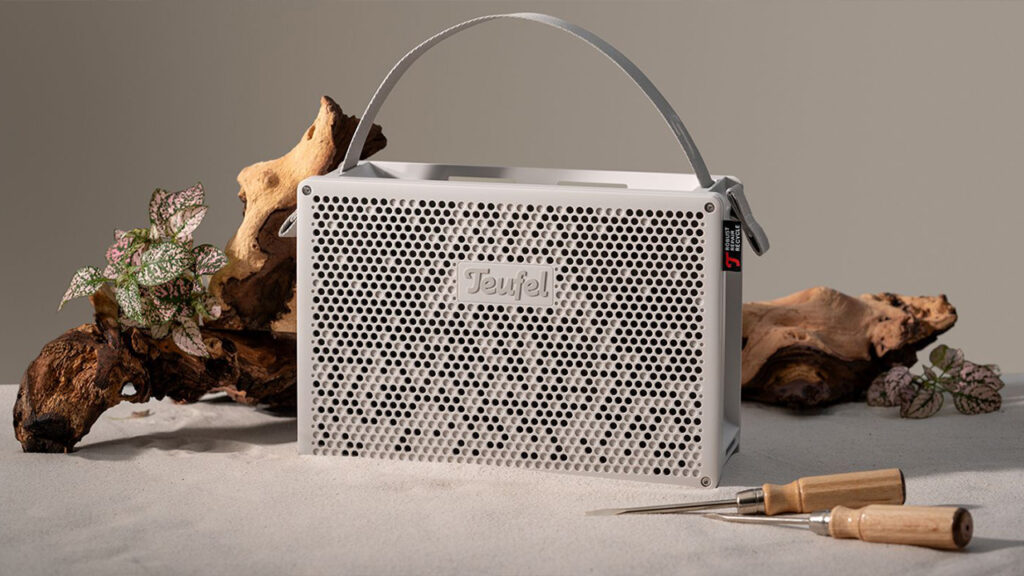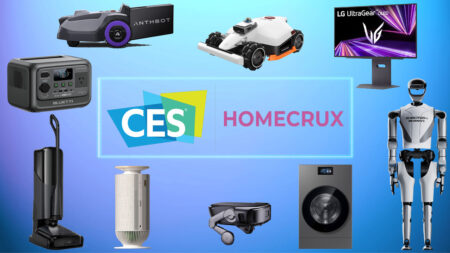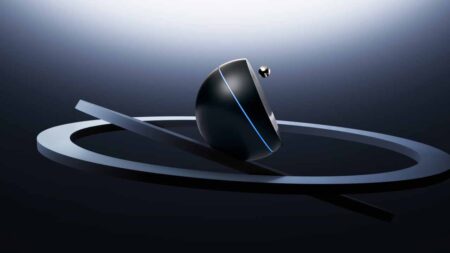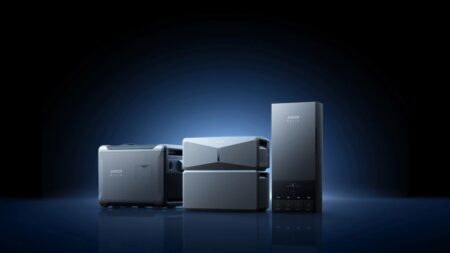The role of repair has shifted from merely restoring the product functionality to becoming a cornerstone of the circular economy. As more people embrace eco-friendly lifestyles, there is a growing demand for products designed with ease of repair in mind. Industrial designer Erik and Electrical Engineer Jonathan have collaborated to embody this reparability approach in the design of a new portable speaker called MYND. They believe that “the longer a speaker is used by the customer, the lower its CO² footprint, and thus its environmental impact.”
Unlike popular brands like IKEA, Sonos, and B&O that focus primarily on delivering the best sound quality, the MYND Bluetooth speaker emphasizes reparability to enable users to extend its lifecycle. They have made the speaker to be very easy to repair, even for users without specialist knowledge. One great example is of easy battery replacement, as it is usually the first one to give up in speakers.
All the components can be accessed from the front of the device. The internal construction is kept simple, with minimal use of glue, optimized cable management, and grouped PCBs based on their function. Multiple circuit boards are used so that a minor defect on one board does not require discarding the entire speaker.
The portable speaker combines durability with an open-source philosophy, allowing users to freely customize and get creative with the design. Its software is publicly available, enabling users to adjust the sound and even repurpose the hardware. For example, if MYND is no longer needed as a Bluetooth speaker, open-source documentation allows users to convert it into a streaming speaker or integrate a Raspberry Pi with effect simulations to use it as a guitar amplifier.
As for the audio technology, it uses a 2.1 system with wave guides for a naturally wide stereo soundstage, long-throw woofers, and passive radiators for powerful bass. The onboard battery offers life up to 42 hours in eco mode at medium volume. Other highlighting features are the Party Link mode to pair multiple MYND speakers, Bluetooth 5.3, IP67 rating, built-in USB-C power bank, and Google Fast Pair.
Erik and Jonathan designed and manufactured the drivers themselves, meaning replacement parts are primarily available through Teufel Audio. However, by using similar drivers and publicly available information, customers can build a complete MYND speaker on their own. A 3D printer capable of suitable size and materials can produce all the plastic parts, and components for the circuit boards can be sourced from multiple stores to assemble and customize the speaker.
The design also keeps in mind future technologies by providing components that facilitate new features. All electronic components come from reputable producers and can be replaced individually or together to simplify repairs. MYND speaker also keeps in mind portability and thus includes many strap attachment points that make it easy to carry or secure the speaker anywhere, even on a boat. Its durable design means you can enjoy music outdoors and during activities like sailing, wherever you go.
Also Read: Marshall Middleton II Portable Bluetooth Speaker Lives up to the Brand’s Legacy
To support their commitment to sustainability, they have used only materials that are either recycled or recyclable in the future. The design is minimalistic and retains only essential elements while also eliminating unnecessary features to reduce material consumption.
The Teufel Audio’s MYND represents a unique approach to portable speaker design, where reparability and longevity are prioritized alongside functionality. This not only reduces environmental impact but lets users customize and self-repair their products to follow the principles of the circular economy.
You can now buy it for €230, about $270, in four colors from the Teufel Audio official website. Unfortunately, it is deliverable only in European countries.
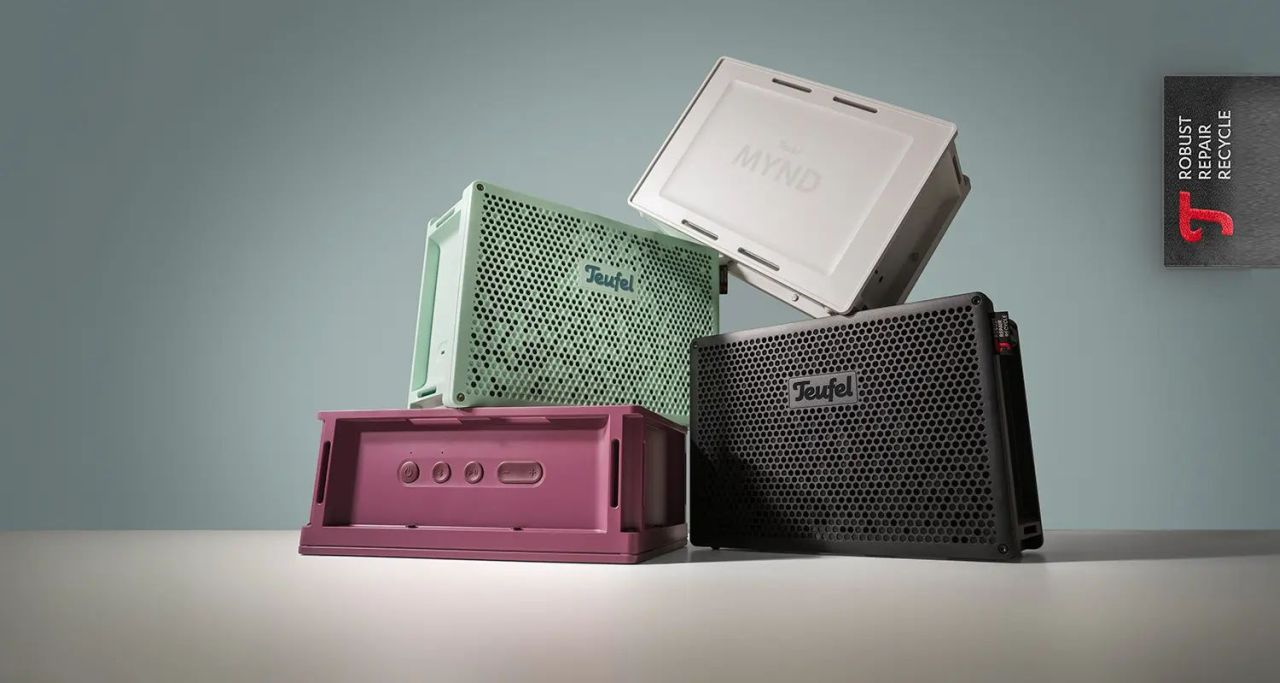
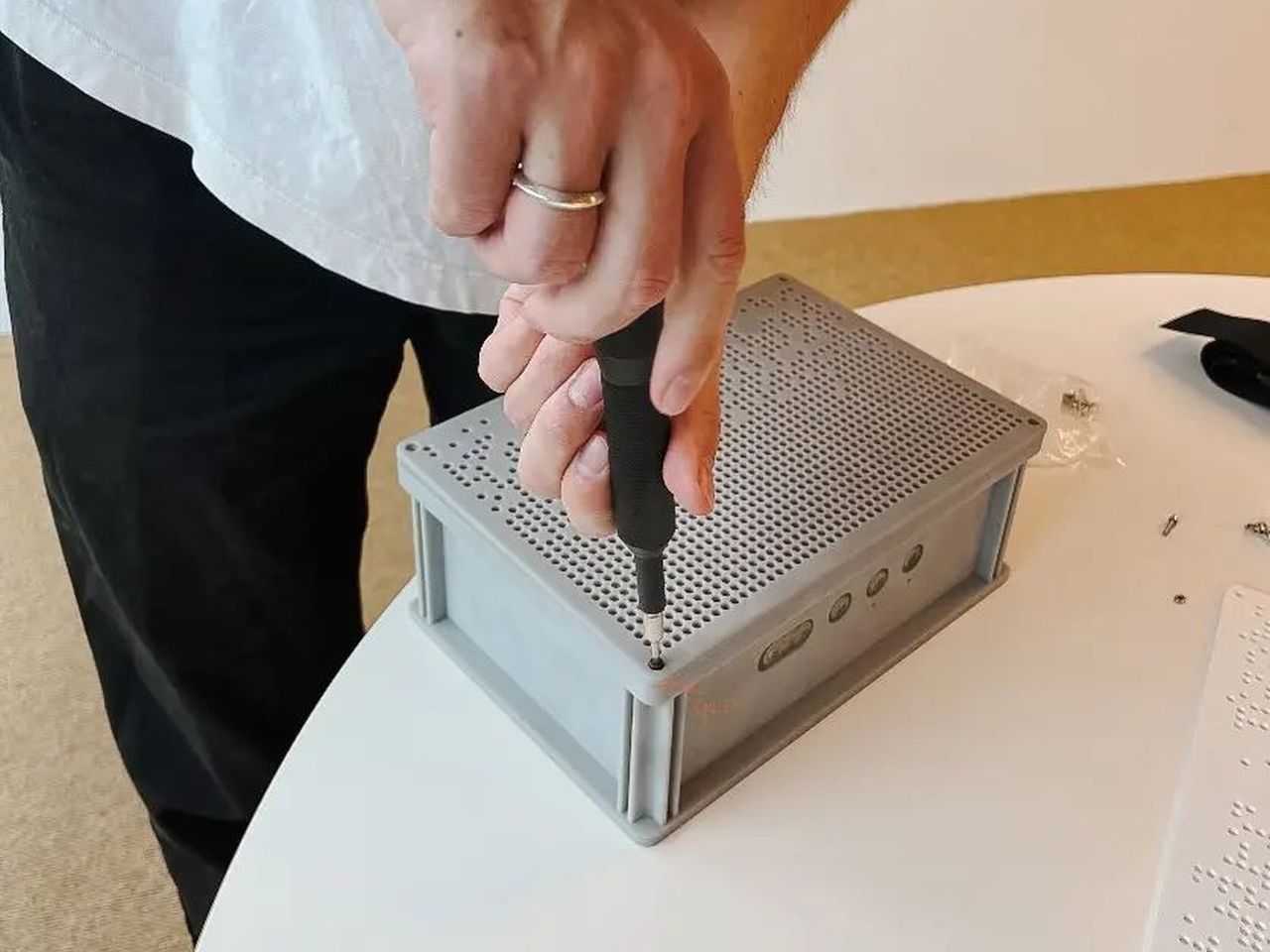
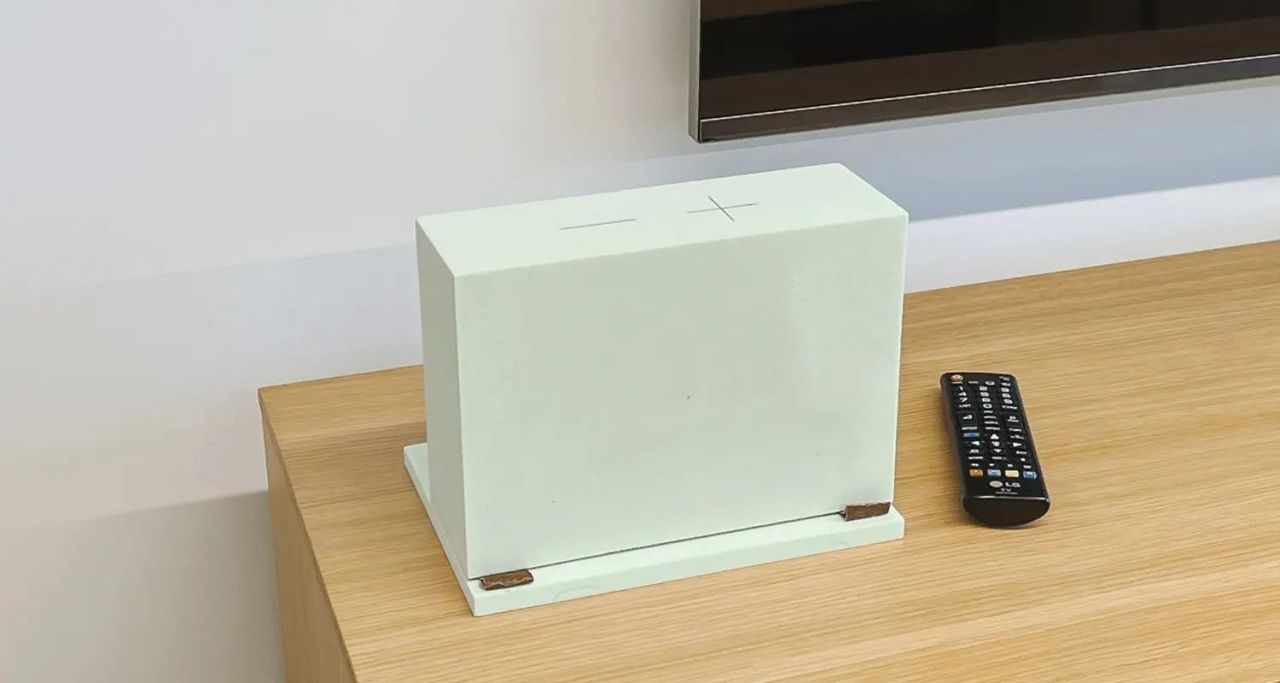
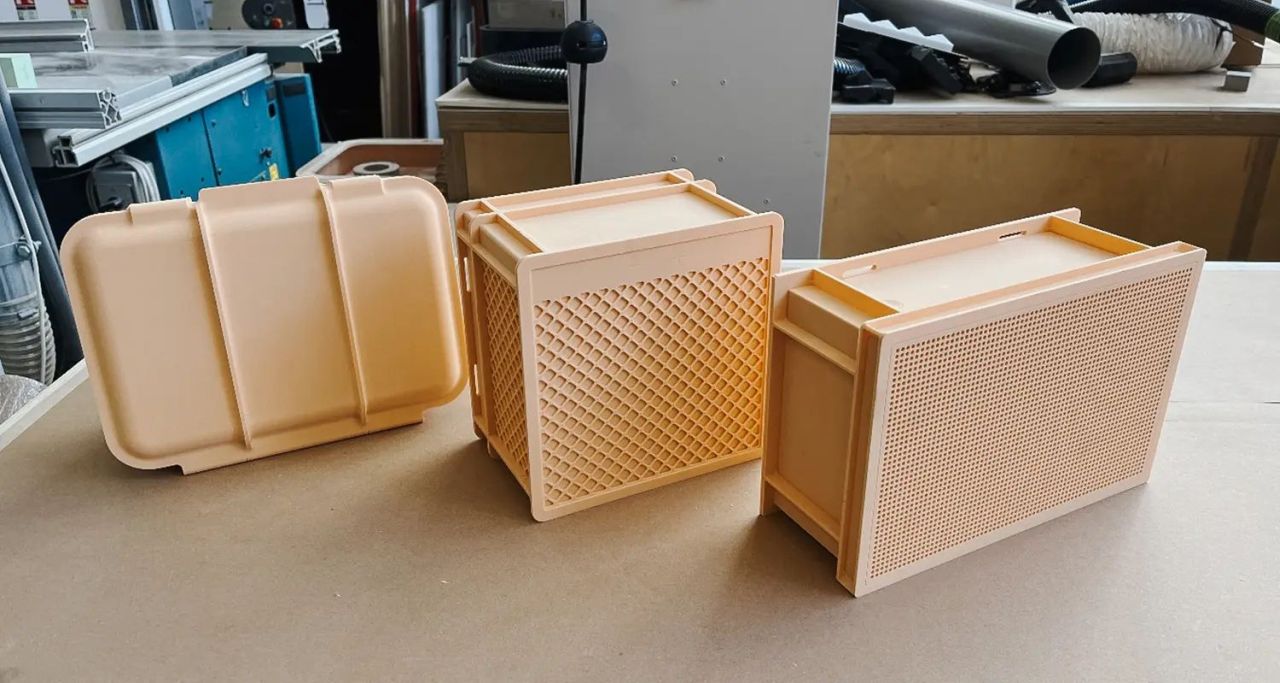
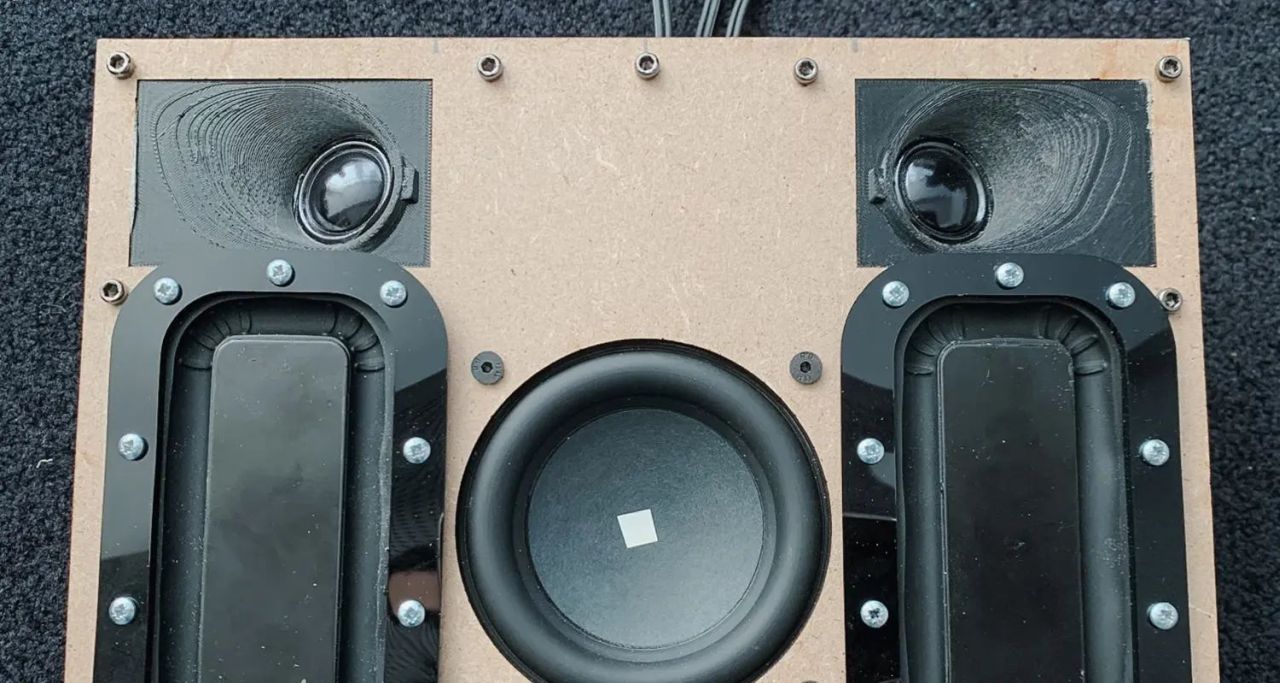
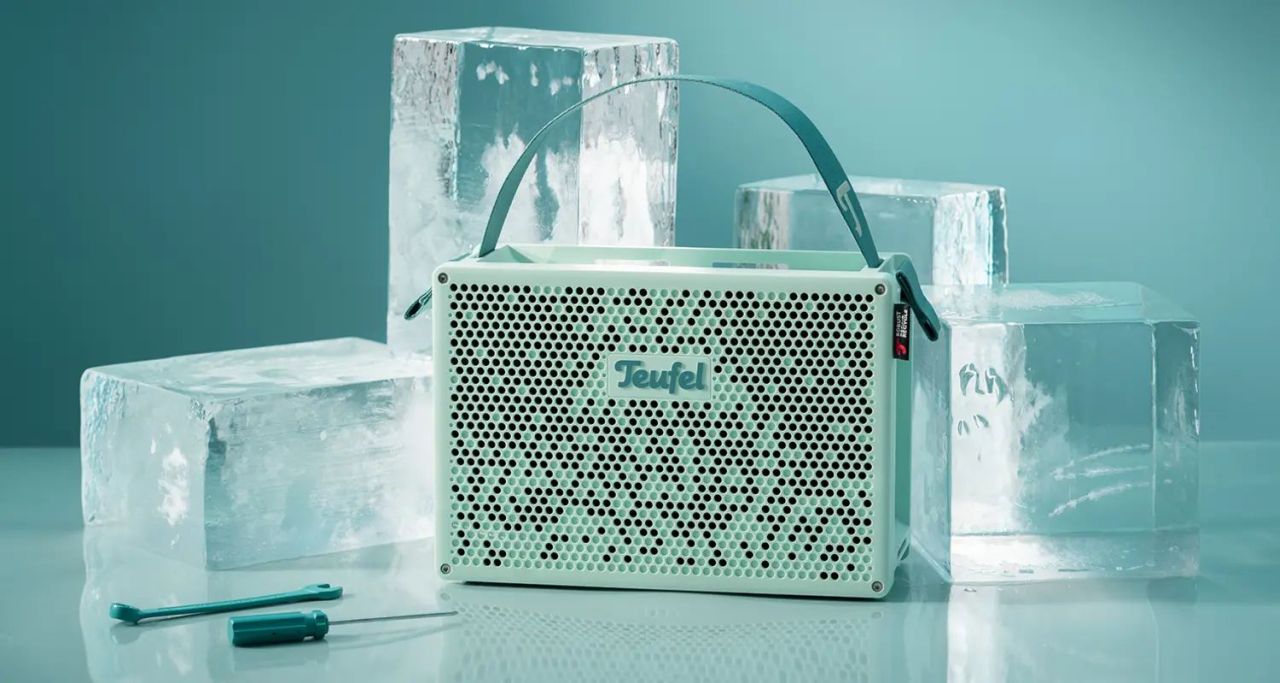
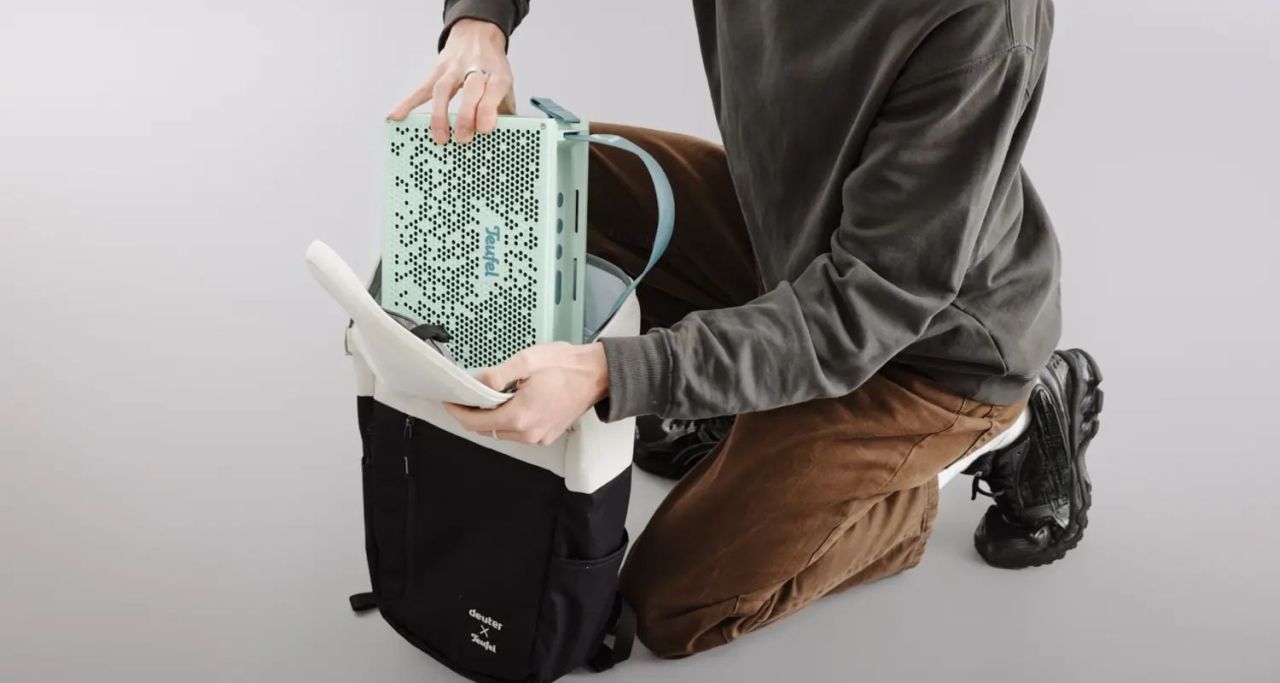
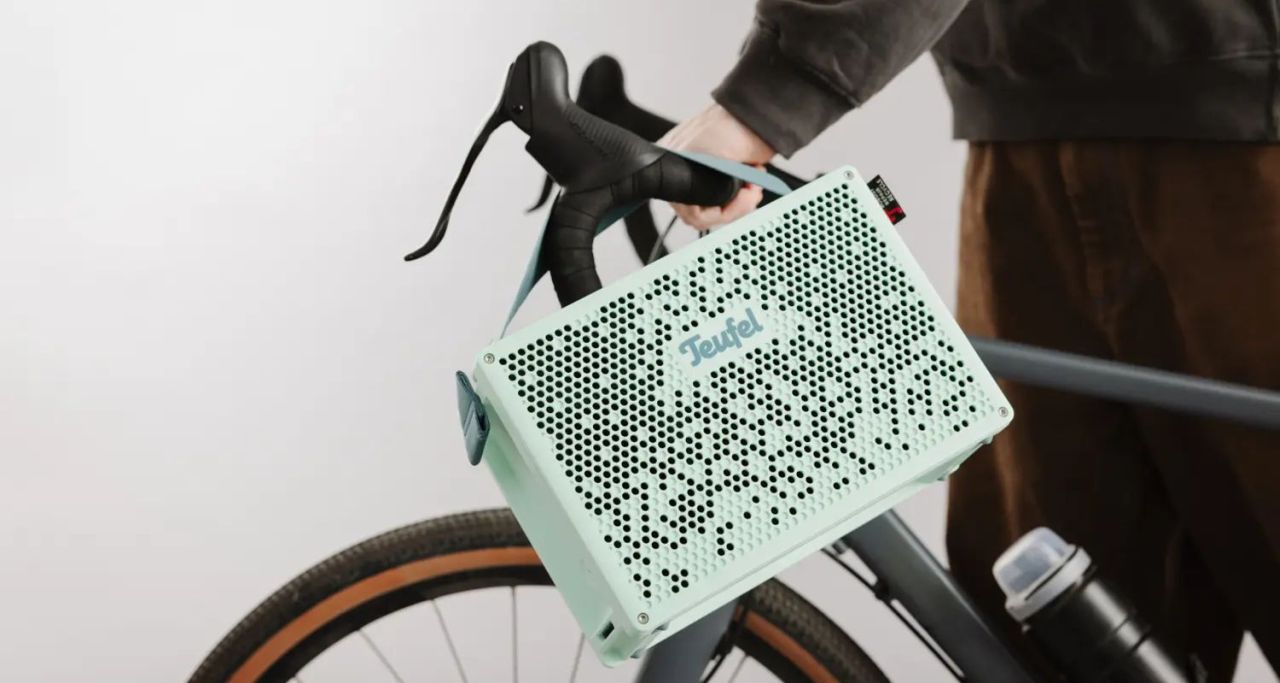
Via: Hackaday/Teufel Audio
Follow Homecrux on Google News!
